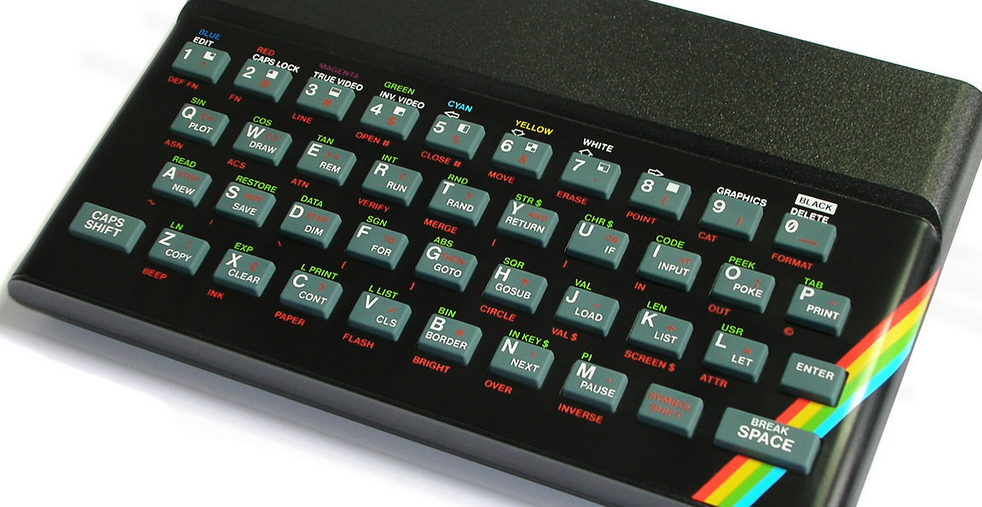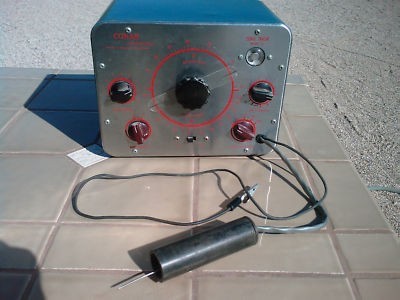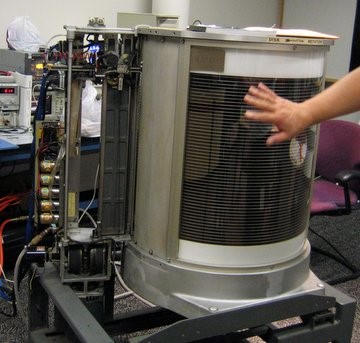We’re back with another round of our vintage tech challenge, a reoccurring column testing to see how far your tech knowledge stretches into the arcane. Are you experienced and distinguished enough to identify the obscure electronics on this page without conducting a reverse image search? Or are you merely a wizard? Put your knowledge to the test against yourself, as well as your fellow design engineer.
Just like last time , we’ve amassed a collection of items from various decades throughout the 20th century. We’ll provide hints in the form of basic background information, and you provide answers through the comments.
Item 1
Launched in 1982, the device below was an early competitor of the IBM personal computer and Apple Macintosh. It was developed by a British consumer electronics company that shall not be named, and eventually became the United Kingdom’s best-selling mainstream computer, rivaling the Commodore 64 in the United States. Depending on the model purchased, consumers had access to either 16, 48, or 128 KB of RAM and a 3.5 MHz CPU. A later version added a floppy disk.

Item 2
As electronic radio test equipment, the item below was used to troubleshoot radio and other electronic circuitry by injecting a test signal into a device under test. It was manufactured in 1965 and sold as a kit by the National Radio Institute (NRI). With built-in speakers, the device can play local broadcast station within the 170 KHz to 1500 KHz frequency range across two channels, and is considered iconic for its dual nature of being test equipment and a complete radio.

Item 3
My favorite in the list, item 3 was constructed in the late-50’s as a solution to address the need for real-time accounting in business. As the first disk storage device of its kind, the device consists of fifty 24-inch platters, with a total storage capacity of five million 6-bit characters. A new design for a movable single head assembly grants renders all platters accessible within under 1 second.

Item 4
Compared to vintage computers and rad radio equipment, out-of-date calculators seem incredibly dull— at least, the electronic variants; mechanical calculators are another story. This particular device is the first commercial available calculator with a microprocessor. Today, the item is very rare, often fetching a pretty penny among the collection. In fact, one such was recently sold at an auction for almost $20,000. Can you guess what it is?

Please write your answers in the comments below.
Advertisement
Learn more about Electronic Products Magazine





